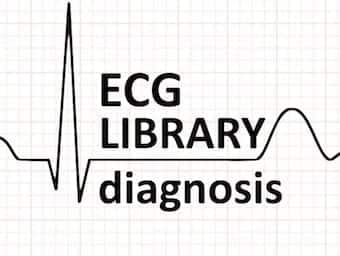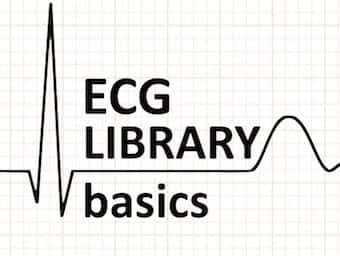
Sgarbossa Criteria
Myocardial infarction diagnosis in the presence of left bundle branch block (LBBB) or ventricular paced rhythm. Sgarbossa Criteria

Myocardial infarction diagnosis in the presence of left bundle branch block (LBBB) or ventricular paced rhythm. Sgarbossa Criteria

ECG features and causes of left axis deviation (LAD) using the hexaxial reference system. QRS axis between -30 and -90 degrees

Drugs associated with QT Prolongation, QTc prolongation including Antipsychotics, antiarrhythmics, antidepressants, and antihistamines

Premature Junctional Complex (PJC) - premature beat arising from an ectopic focus within the AV junction. LITFL EKG library

Review of the different causes of Intraventricular conduction delay. QRS duration > 100 ms in the presence of a supraventricular rhythm.

A review of the different types of supraventricular tachycardia (SVT), with a focus on AV-nodal re-entry tachycardia (AVNRT)

ECG features of Idiopathic Fascicular Ventricular Tachycardia. AKA Belhassen-type VT, verapamil-sensitive VT or infrafascicular tachycardia.

Massive pericardial effusion produces a characteristic ECG triad of low QRS voltage, tachycardia, and electrical alternans. LITFL ECG Library

A review of the ECG characteristics of "fixed ratio blocks", i.e. second degree AV block with 2:1 or 3:1 conduction ratios.

De Quervain described chronic tenosynovitis thickening the tendon sheath of the abductor muscle of the thumb and of the extensor short muscle of the thumb.

Second degree heart block (2nd degree AV block) with a P:QRS ratio of 3:1 or higher, producing an extremely slow ventricular rate.

Fritz de Quervain (1868 – 1940) was an Swiss surgeon. He described the chronic tendonitis that bears his name (De Quervain disease)